

Pondering Pollard 18: Australian Nudes by Geoffrey Smith FRPS



Pondering Pollard 18: Australian Nudes by Geoffrey Smith FRPS
Hon. Secretary: Elaine Herbert ARPS PH (03) 9866 3538 E: elaineherbert39@gmail.com
When sending images for the Newsletter, the only requirement is that they are jpeg or png. Images can be 300 ppi and up to A4. Don’t forget you can also add captions for your images. If you don’t include a caption, we’ll assume you don’t need one.
Email your images to ian@bforbrown.com. au keep those pixels and captions coming
Newsletter Editor: Ian Brown PH 0403 036 119 E: ian@bforbrown.com.au
in! For non-image files (e.g. pdfs), under 5 MB is preferred and never 10 MB or more. If your images are too big to email, I have created a Dropbox folder you can upload your images to. Email me for permission, and I’ll grant access to the folder. I will need to delete your images once I have downloaded them.
Elaine Herbert ARPS
Hon Secretary, Australian Chapter
Just a short report from your Hon Secretary this month.
RPS Extraordinary General Meeting: We’ve all had a number of emails from RPS Head Office in recent days reminding us of the EGM to consider a Motion to extend the term of the current President, Simon Hill HonFRPS, for another two years. The EGM was held on 24 April (actually here in Australia it was in the wee small hours of 25 April) and we’ve just received news that the Motion was passed with a very clear majority.
This means there will be continuity of President on the Board of Trustees after the next AGM. The RPS By-Laws require a President to have had experience as a Trustee – and all the other current Trustees were new to the Board late last year.
Matters of RPS governance may seem a long way from us here in Australia but they are essential to the way the Society runs its affairs and plans its future.
A New CEO: It was announced at the EGM that the new CEO for the RPS will be Victoria Humphries. I understand she will take over from Dan Jones in May. More detail next month.
Our Chapter Survey: Many of our Australian members were contacted by our Chapter Committee members recently to seek their views on what else the Chapter might be doing to support them. This ‘ring-around’ elicited some very useful responses – see more details in a separate report on page 5 of this Newsletter.
Ian Brown Editor, Australian Chapter
On the next page are our key findings from the recent membership survey.
Most of the members interviewed said they would be happy to contribute to the Members’ Gallery and would show their work.
So, here is my call out for anyone who said they would be willing to send their work for publication, please do so.
The only requirement is that they are JPEG or PNG. Images can be 300 ppi and up to A4. Don’t forget you can also add captions for your images. If you don’t include a caption, we’ll assume you don’t need one. You can also write an article to accompany your images, and I’ll create an article. If you only want to supply the images, I’ll include them in the Members’ Gallery.
Email your images to ian@bforbrown.com.au, keep those pixels and captions coming in! For non-image files (e.g. PDFS), under 5 MB is preferred and never 10 MB or more.
If you want to send a number of images that are too big to email, I have created a Dropbox folder where you can upload them. You’ll need permission to upload to the folder; all you need to do is email me for permission.
Ian Brown Editor, Australian Chapter
Firstly, thank you to those who spoke with our committee members who called regarding your membership and what you would like from it. If we didn’t speak to you, we didn’t manage to call everyone in the time allowed. You might have a missed call from a random number you don’t recognise, that could be us. We will try later as your view is important.
We learned that members have very different reasons for being members. One thing we did learn was that the Newsletter is an integral part of your membership, and members look forward to it each month.
Below, I have listed the top ten takeaways from the survey.
1. Are happy to contribute images to the Newsletter
2. Would attend online tutorials to learn new skills, would like them recorded for those who can’t watch live
3. Want to learn from their peers
4. Would attend online show and tell
5. Would attend online presentations to learn from peers, would like them recorded for those who can’t watch live
6. Will contribute articles to the Newsletter
7. Would attend online meet ups
8. Would attend face-to-face meet ups
9. Would like PDFs of the back issues of the Newsletter
10. Would like separate communications about events as well as inclusion in the Newsletter
The next step is to decide what we can implement, how we do it and by when.
For example, members expressed a desire to learn from their peers. We have options for how
we could implement this. Some of our options could be more technical information in the Newsletter (eg a technical tips page), technical descriptions of images, how you achieved the images, how much is in camera, and how much is post-production? We could also create a mentor program, where members can learn directly from more senior members. Another option is to have online catch-ups where selected members show their work and discuss how they achieved the image.
The Chapter Committee will discuss the options and propose some new initiatives in the next few months.
Watch this space.
Australian photographer John Pollard FRPS died in 2018, leaving behind not just a grieving family and a substantial legacy of photographic work in public and private collections but also an eclectic collection of books representing his varied interests over his life. In this ongoing column, I hope to stimulate interest and reflection on various aspects of photography based on the perusal of John’s collection of books. In the process, I also aim to periodically shine a light on John’s career and practice.
Dr Robin Williams ASIS FRPS
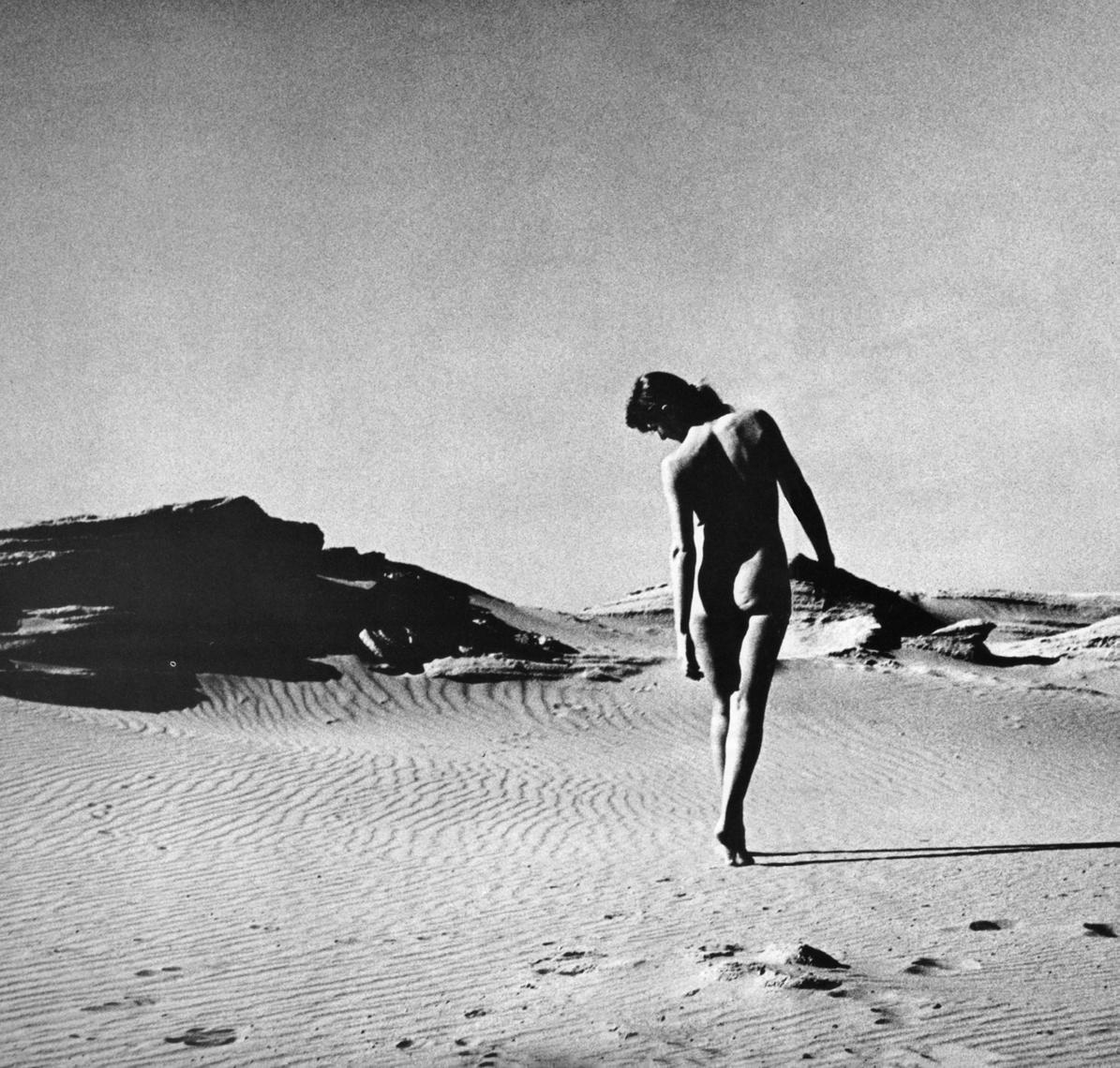
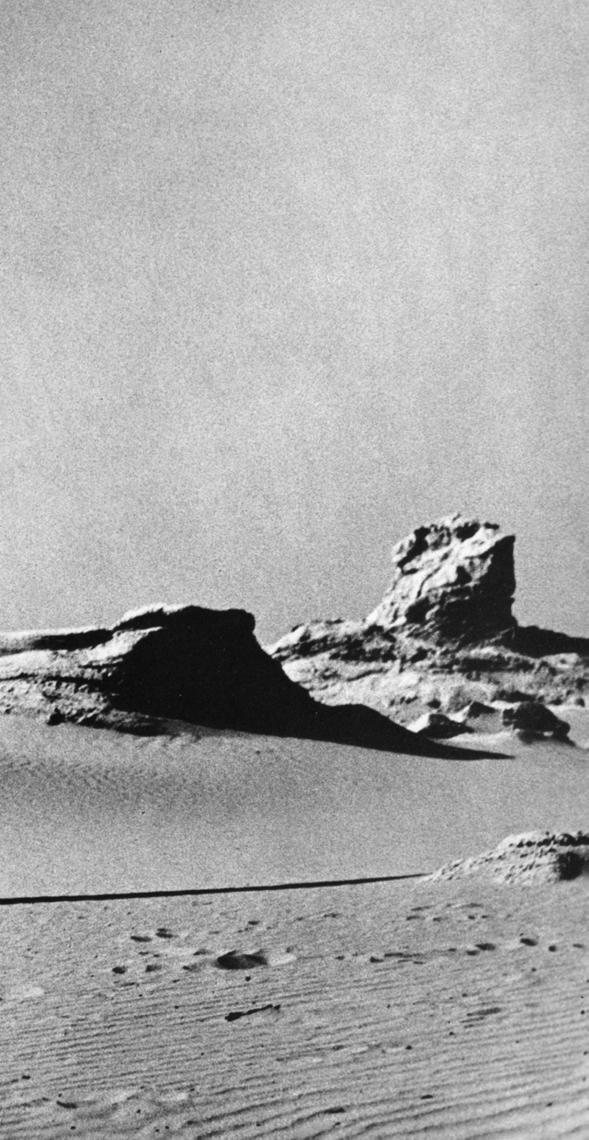
Fig.1 main image: A panoramic frontispiece of a nude in the landscape.
Fig.2 below: Front cover of the 1973 Book “Australian Nudes” by Geoffrey Smith FRPS.
Geoffrey Smith FRPS.
Pub. Sun Books, Melbourne, 1973.
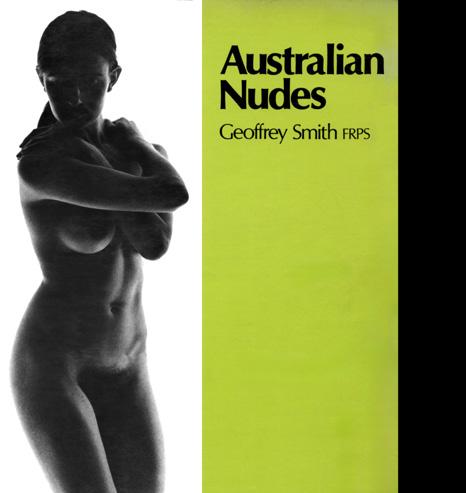
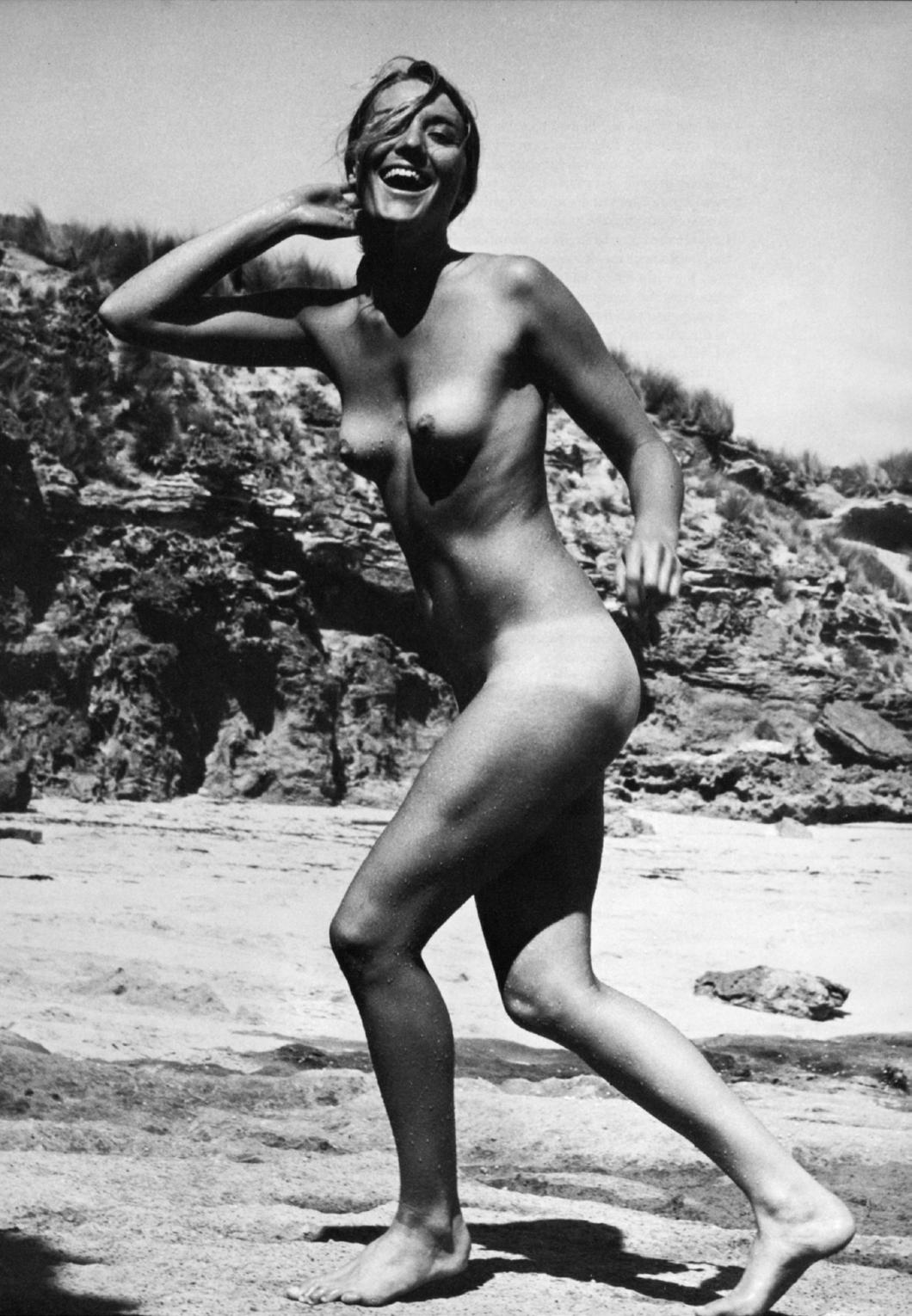
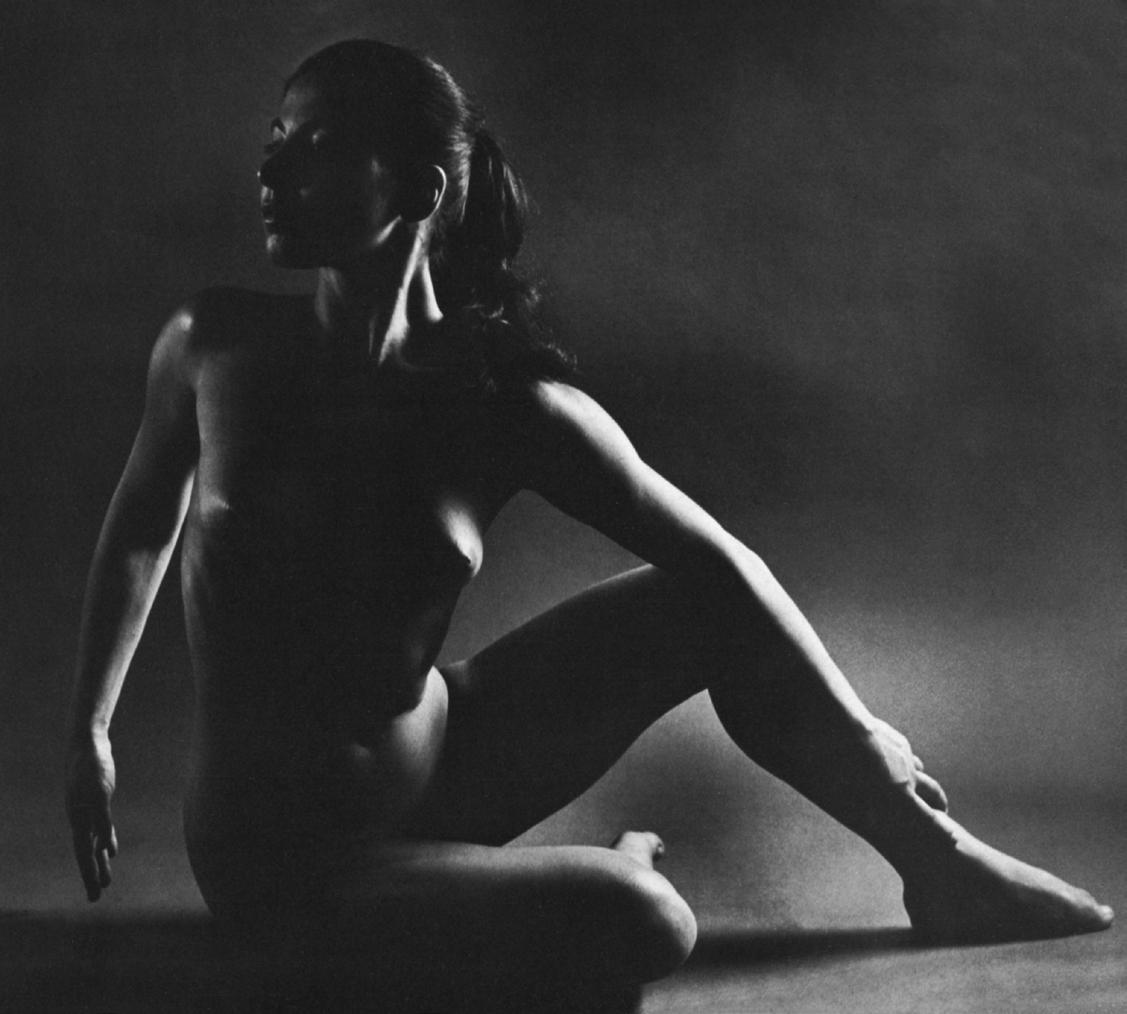
John Pollard once declared himself to be ‘a red-blooded heterosexual male’ – his book collection certainly reflected an active interest in the female form, with many volumes dedicated to the subject. This large format book has approximately fifty pages of full-page (annoyingly, often double-page spreads) nude photographs, devoid of any titles or notes. The author Geoffrey Smith stated: ‘In a book such as this, I think that the photographs should speak for themselves.’ Dr. Geoffrey Smith was a dentist by profession but a keen photographer in his spare time (he achieved the FRPS distinction and was a leading light in the Melbourne Camera Club). His interest in photography was
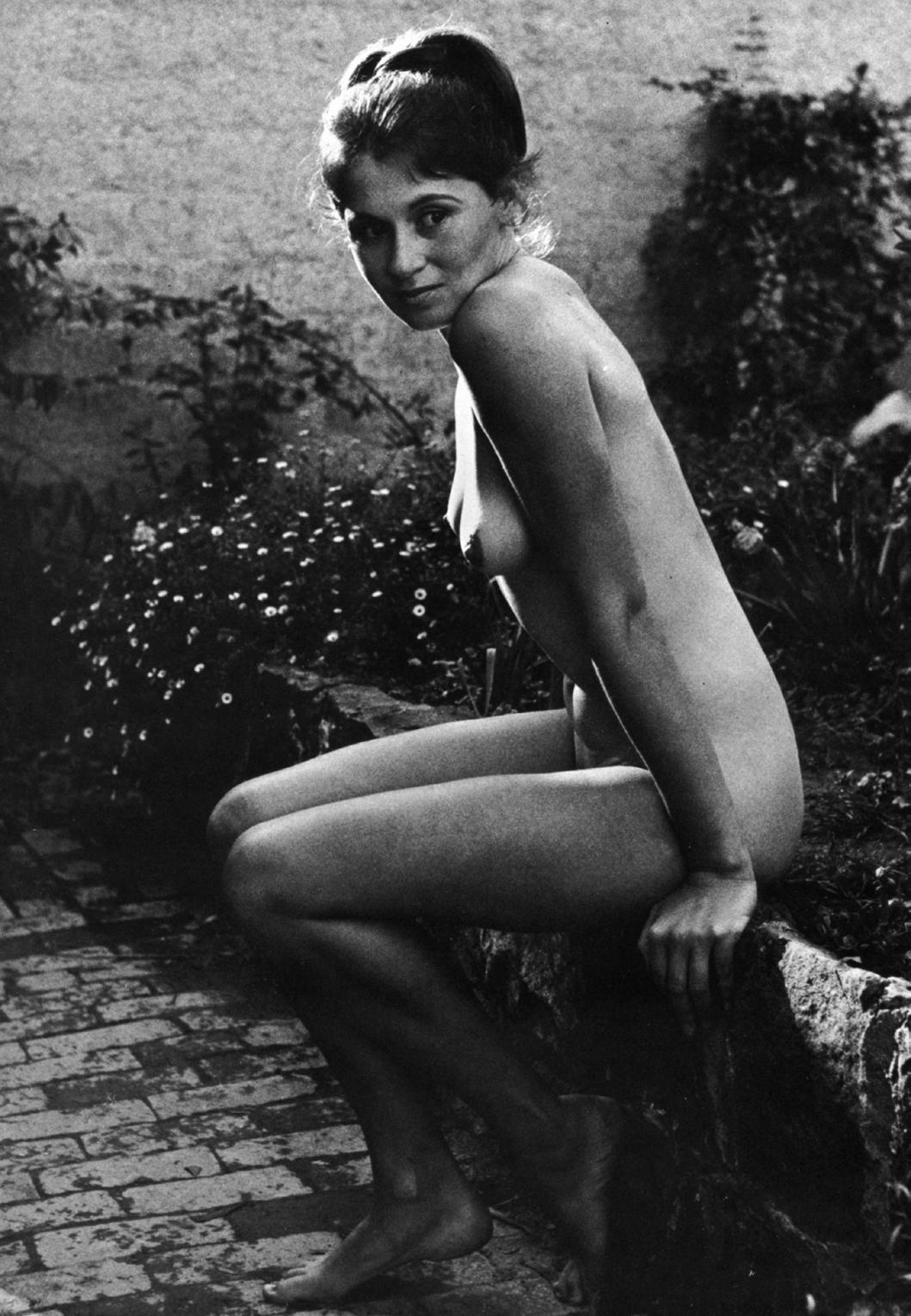
undoubtedly encouraged by his father, Dr Julian Smith FRPS, the famous Pictorialist (see Pondering Pollard 11, ‘The Camera in Australia’). The independent paperback publisher, Sun Books, was founded in 1965 by Geoffrey Dutton, Max Harris and Brian Stonier, who all left Penguin Australia to form a platform for local literary talent.
At all times in human history, the human body has been one of the principal subjects for artists. It has been represented in paintings and statues since pre-history. Photography has been used to create images of nudity that fit into any category: artistic, educational, commercial, and erotic. In the artistic case, nude photography is a fine art because it is focused on aesthetics and creativity; any erotic interest, though often present, is secondary. This distinguishes nude photography from both glamour photography and pornographic photography. The distinction between these is not always clear, and photographers tend to use their own judgement in characterising their own work, though viewers may disagree. The nude remains a controversial subject in all media, but more so with photography due to its inherent realism.
Dacre Stubbs, in his introduction to the book says: ‘At a time when one might feel that there are already too many books featuring popular or classic nudity, the awareness of the demand and the challenging integrity to produce a publication of lasting value seems fully justifiable. But what is far more important is that Australian Nudes is a volume of the work of one man. One artist-photographer who directs his camera solely upon the human figure. It is a documentation of his style and skill – a statement of his sensibility, his consciousness of truth and beauty. Without such visual biographies, our cultural resources would be poorer.’
According to the author, nearly all the photographs in this book were taken with a Mamiya twin-lens reflex camera giving 2 ¼” square negatives. In the early 1970s the use of obvious grain in a photograph was very popular, especially in ‘Fine Art’ work. Geoffrey Smith employs this style throughout ‘Australian Nudes’
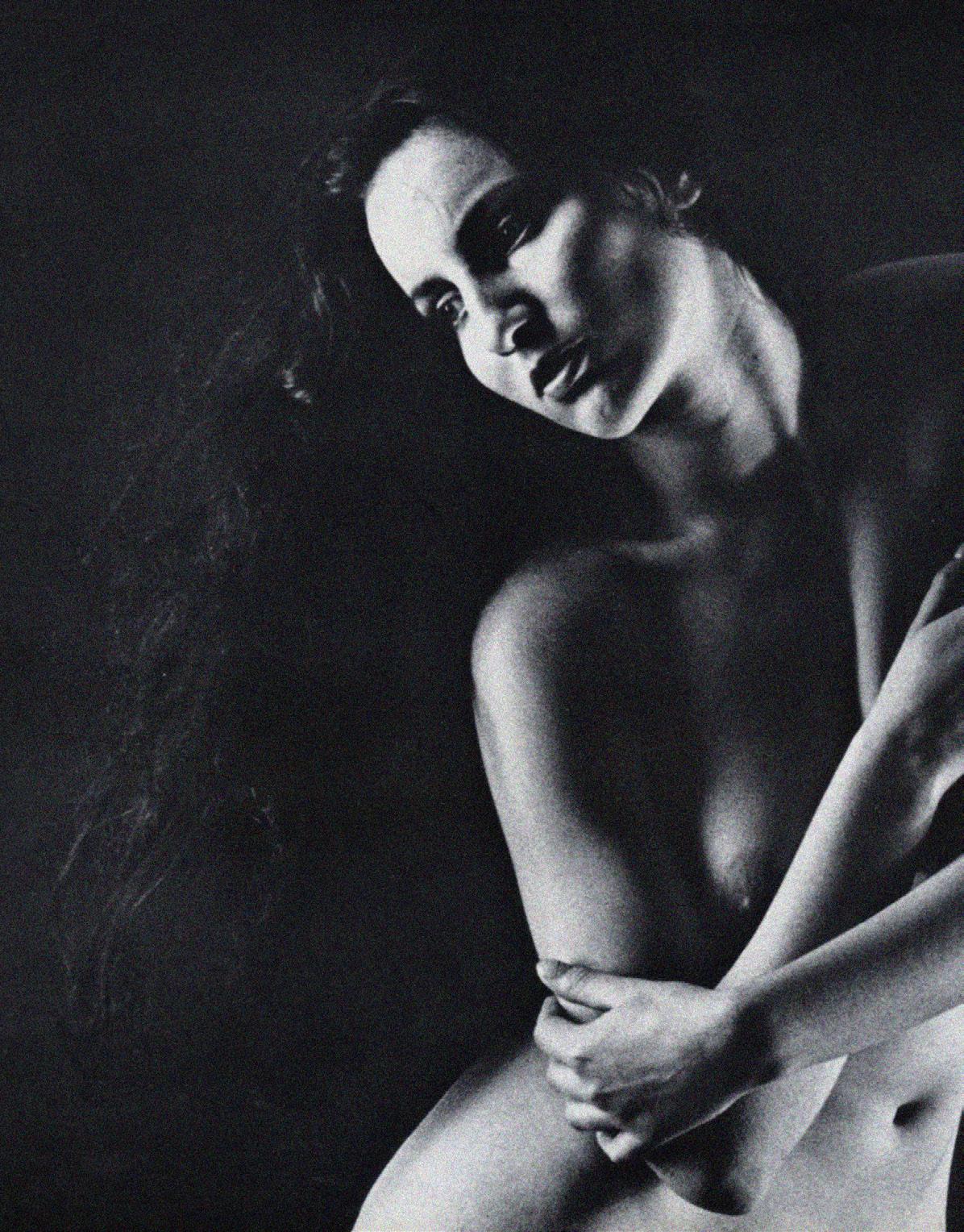

– he regularly used Kodak Tri-X processed in paper developer and also frequently selected only a small portion of a negative to make the print.
In the first part of the book, the models are seen in the landscape, lit by sunlight. Dacre comments: ‘The Australian scenery provides a subtle background to nude photography. Deceptively dramatic, the soft textures of sand and water offer pliant accompaniment to the human form. While harsh crags may be employed to accent the symmetry of the nude figure. Few photographers have explored this environment; still, fewer have exploited its unique role as a complement to the naked body. We are a youthful country, a casual people accustomed to long summer months of sunlight and gaiety. Joyous vivacity appears to dominate Australian nature, and yet, at times, we are still absorbed in our search for revitalisation. Effervescent or tranquil, the mercurial changes can be captivated only by an expert photographer, a photographer who is capable of absolute sympathy with the temperament, environment and his media.’
The largest part of the book, however, is given over to photographs of the nude in the studio, where Smith employed tungsten lighting, or occasionally daylight ‘when the weather co-operated.’ He felt the daylight ‘always resulted in more authentic pictures.’
Since the first days of photography, the nude was a source of inspiration for those who adopted the new medium. Most of the early images were closely guarded or surreptitiously circulated as violations of the social norms of the time since the photograph captured real nudity. Despite our more liberated social moirés, photography of the naked body remains controversial. The image of the mostly male members of the camera club drooling over a young, naked, invariably female model is difficult to eradicate. Nude depictions of women are criticised as inherently voyeuristic due to ‘the male gaze’. The church has tenaciously campaigned against the depiction of the naked human form – ‘We urge believers to be extremely careful when viewing nudity in art. Put
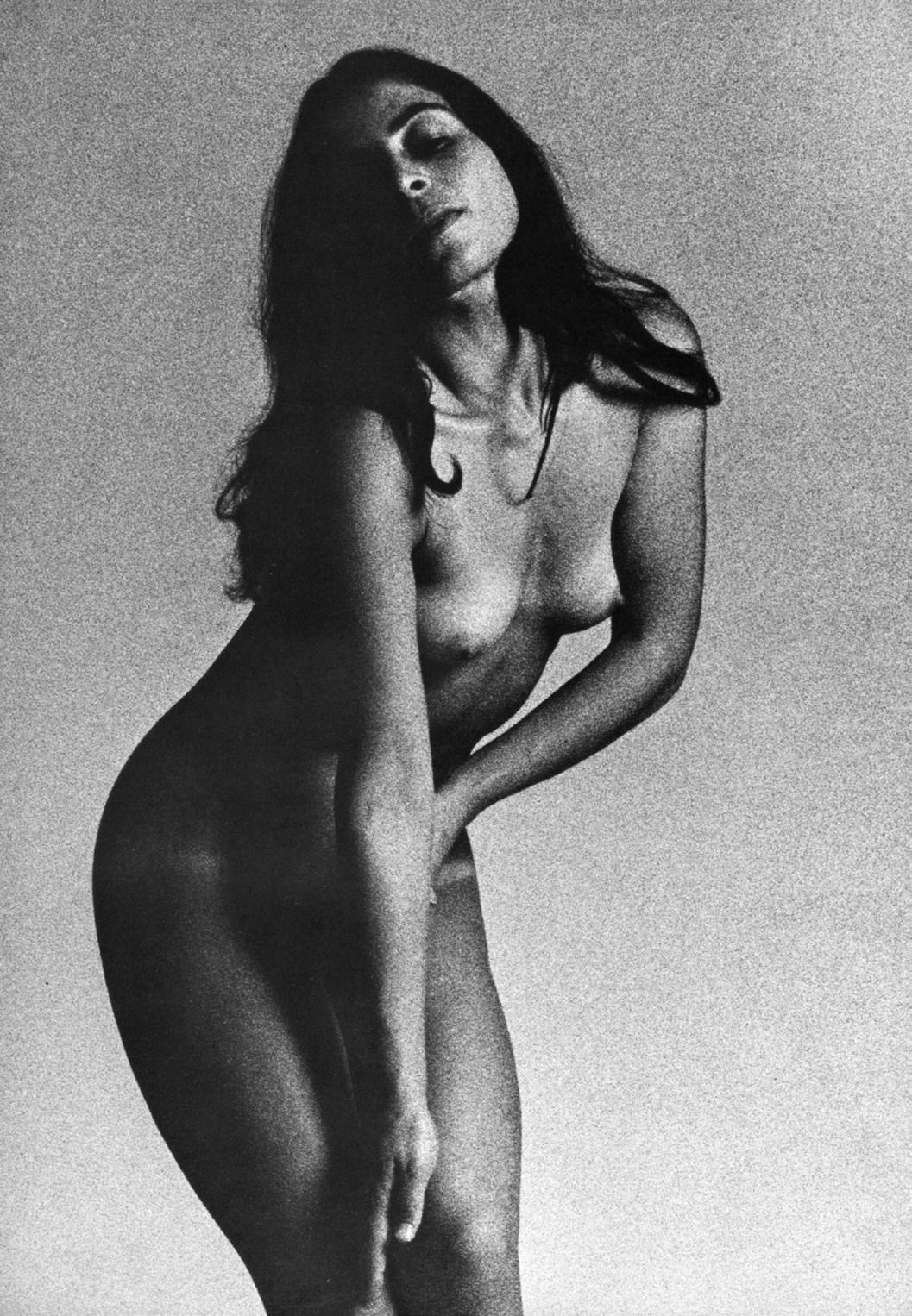

on the full armour of God and stand against the devil’s schemes’ – and yet its churches are full of religious art showing naked women, men and children! At its best, photography of the naked human form transcends the mere representation of the human body, touching upon deeper themes of vulnerability, intimacy, and our shared humanity. Although nude photographers have largely worked within established forms that show bodies as sculptural abstractions, some – such as Robert Mapplethorpe – have created
works that deliberately blur the boundaries between erotica and art. The distinction between mere nudity and an artful representation is nuanced and profound.
Dr Robin Williams ASIS FRPS
Neil Anderton ARPS
When one thinks of Melbourne Airport, one doesn’t think about wildlife.
As these beautiful native birds show, Boeing and Airbus don’t have the air exclusively to themselves. The images by Neil Anderton ARPS were taken in Woodlands Park in northern Melbourne. Part of the park is alongside Melbourne’s Tullamarine Airport, so development in the immediate area has been limited. However, there is much new housing development relatively close by, so the park now attracts many more
people and Neil says there are fewer birds there these days. But plenty of kangaroos!
His main interest, though, is making prints; he has two large printers, an eight-colour and a ten. Most of the prints are 12.5 x 16.5 inches, but occasionally Neil prints larger, 16.5 x 33.5 inches. He does his own matting.
Neil has entered many of his matted prints in his local Essendon Camera Club competitions, where he’s been a member for 50 years, and his expertise is keenly sought.
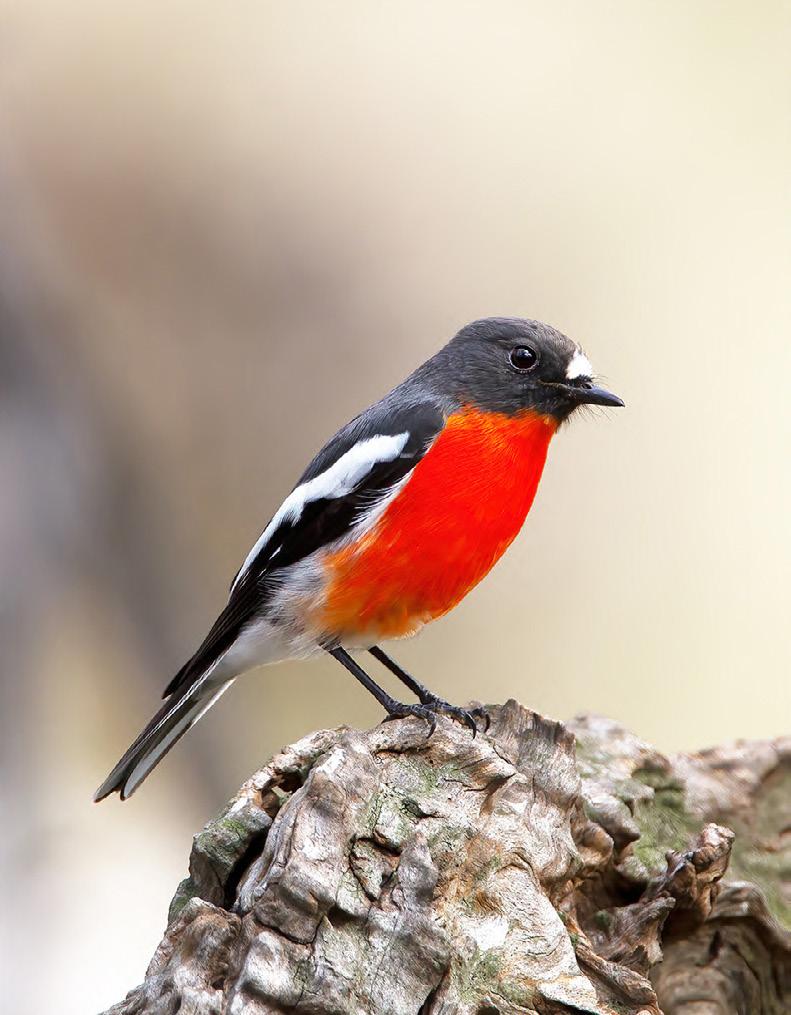
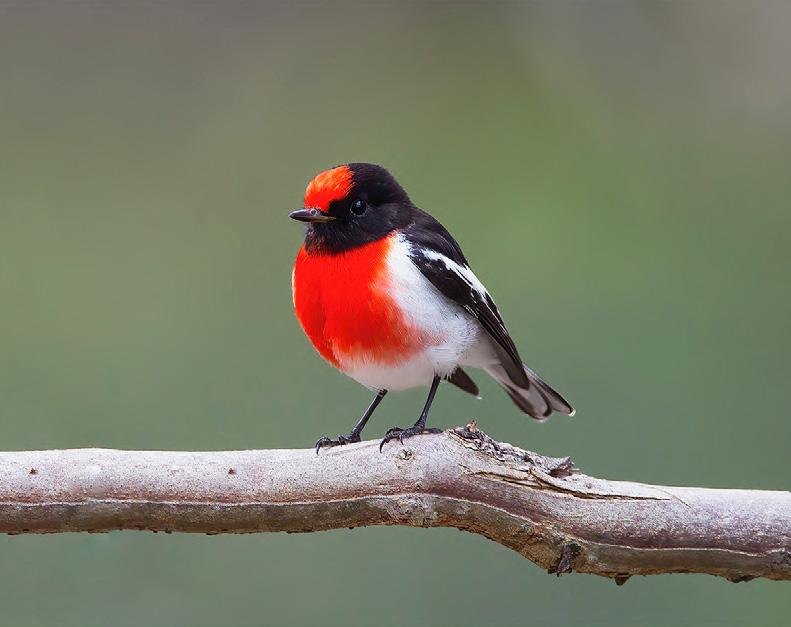
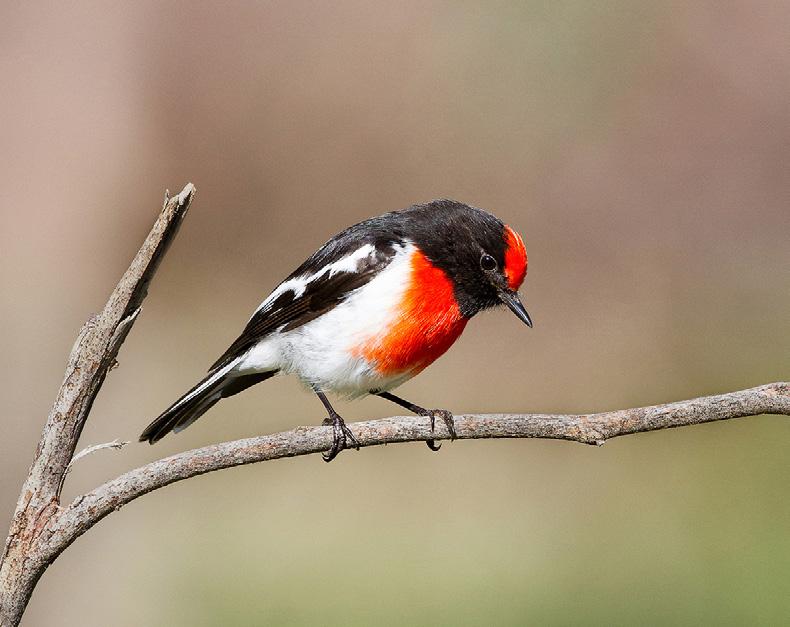
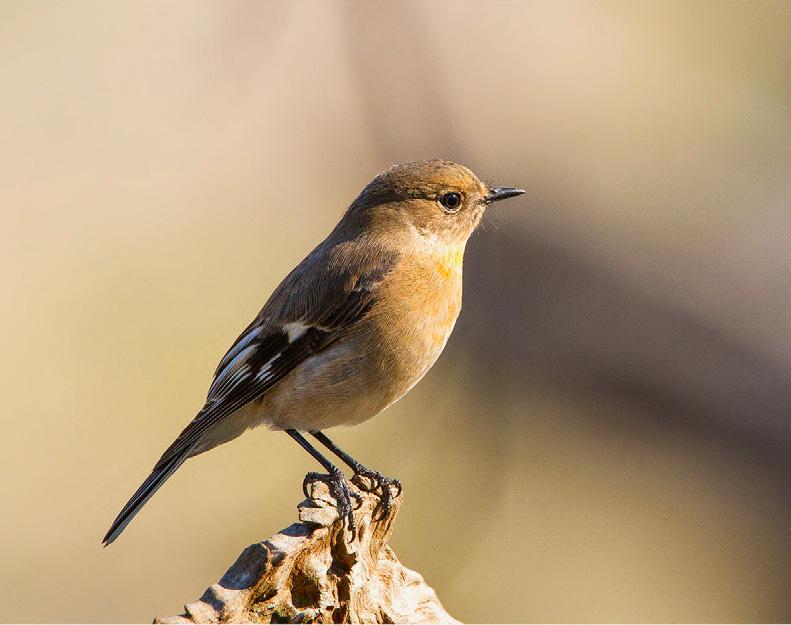



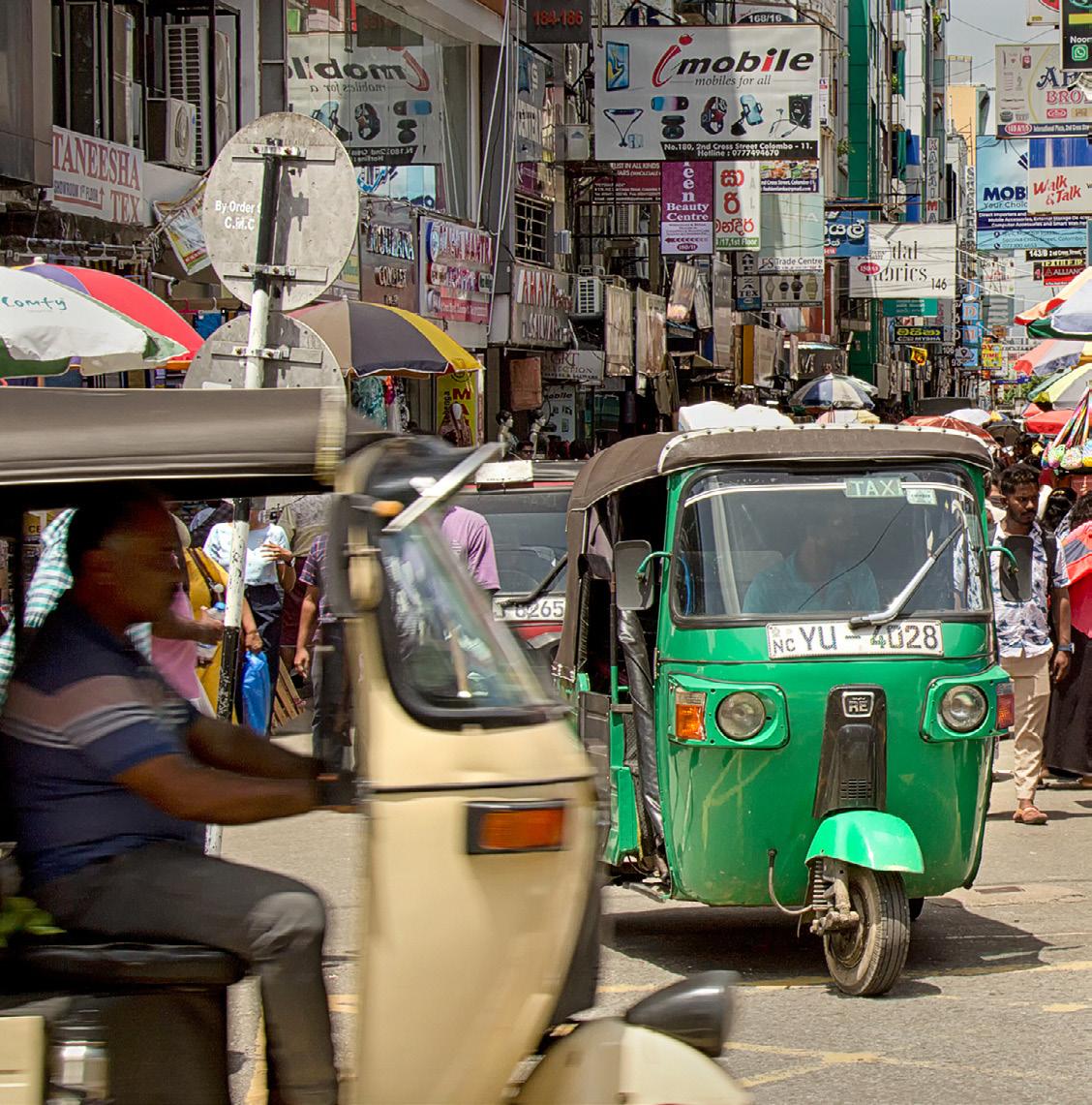
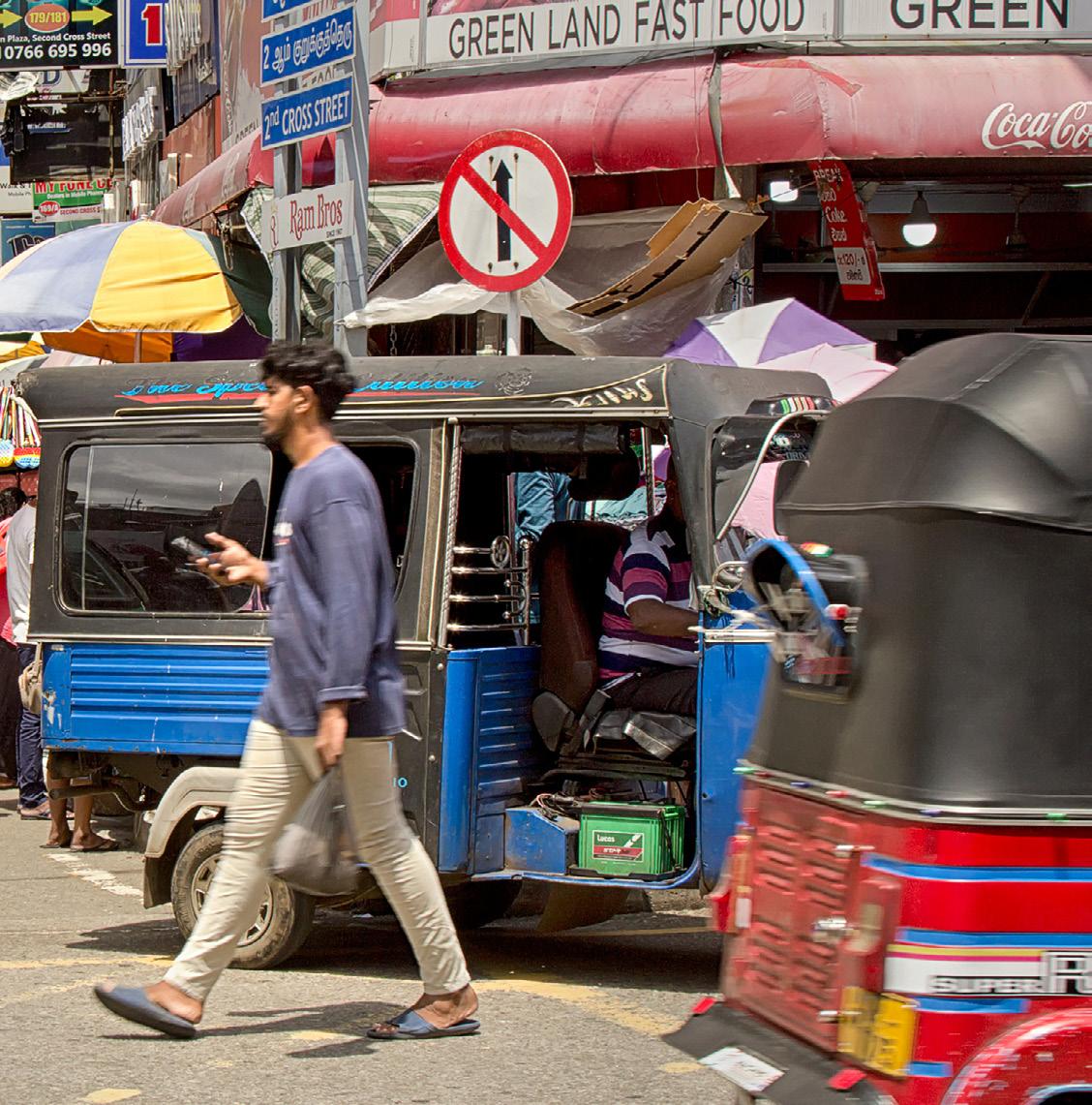
Rob Morgan ARPS
In July last year, I went on a two-week photography tour to Sri Lanka. The tour was organised by Dave Metcalf, a Kiwi based in Bali, with whom I’ve been on other tours to Bali, eastern Java and Myanmar. The only way in and out of Sri Lanka is via the capital, Colombo, which is also the only sizable city. We flew in and
were met by local photographer Saman. As we had got there a day early, fellow photographers Jane and David from Neerim South and I got out with a car and driver to explore the capital. As a traffic engineer, I supposed that they had road rules, but it was just a little difficult to work out what they were, except for a vague tendency to sort of keep left.

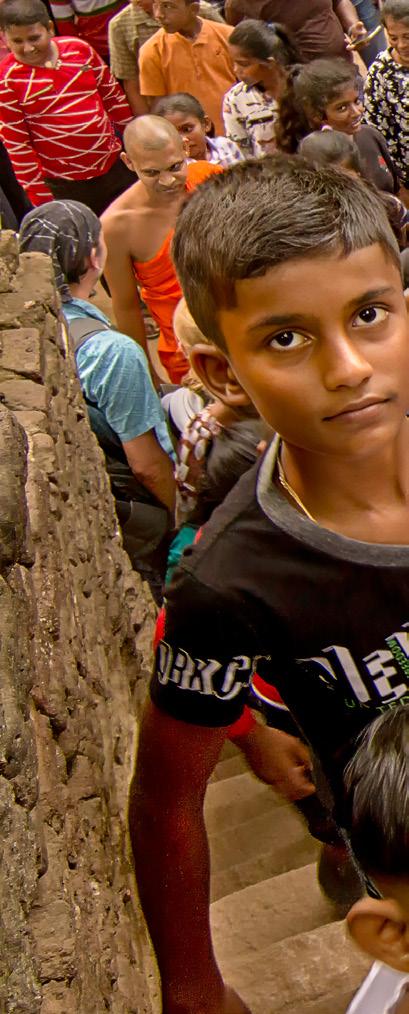

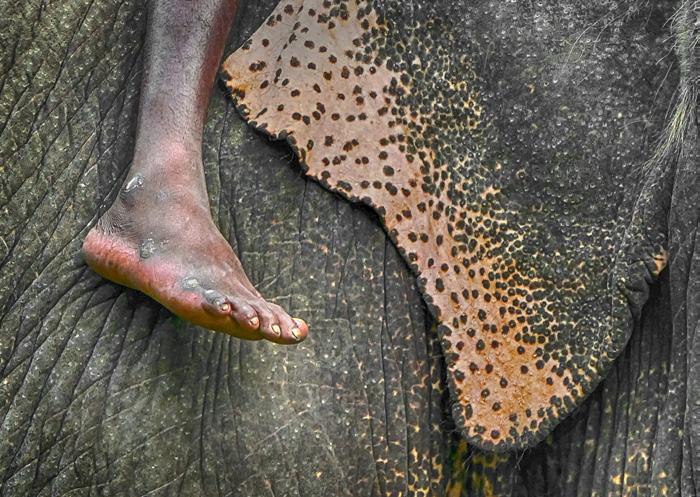

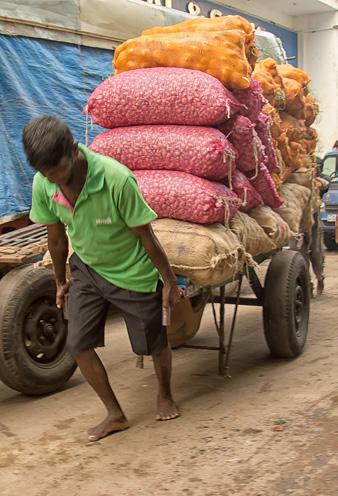
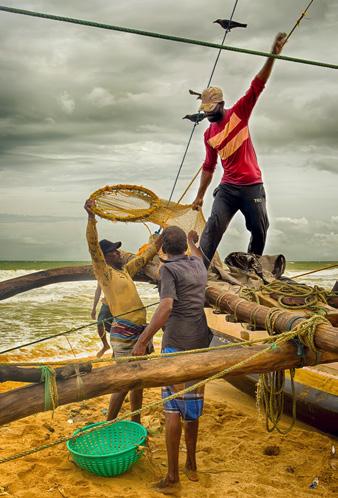
Fig.2 above left: Polonnaruwa Ruins
Fig.3 above right: Polonnaruwa Excursion
Fig.4 previosu page left: In Dambulla Caves
Fig.5 previosu page right: Mahout Foot
Fig.6 this page bottom left: Hauling Produce at Colombo Market
Fig.7 this page bottom right: Negombo Fishermen
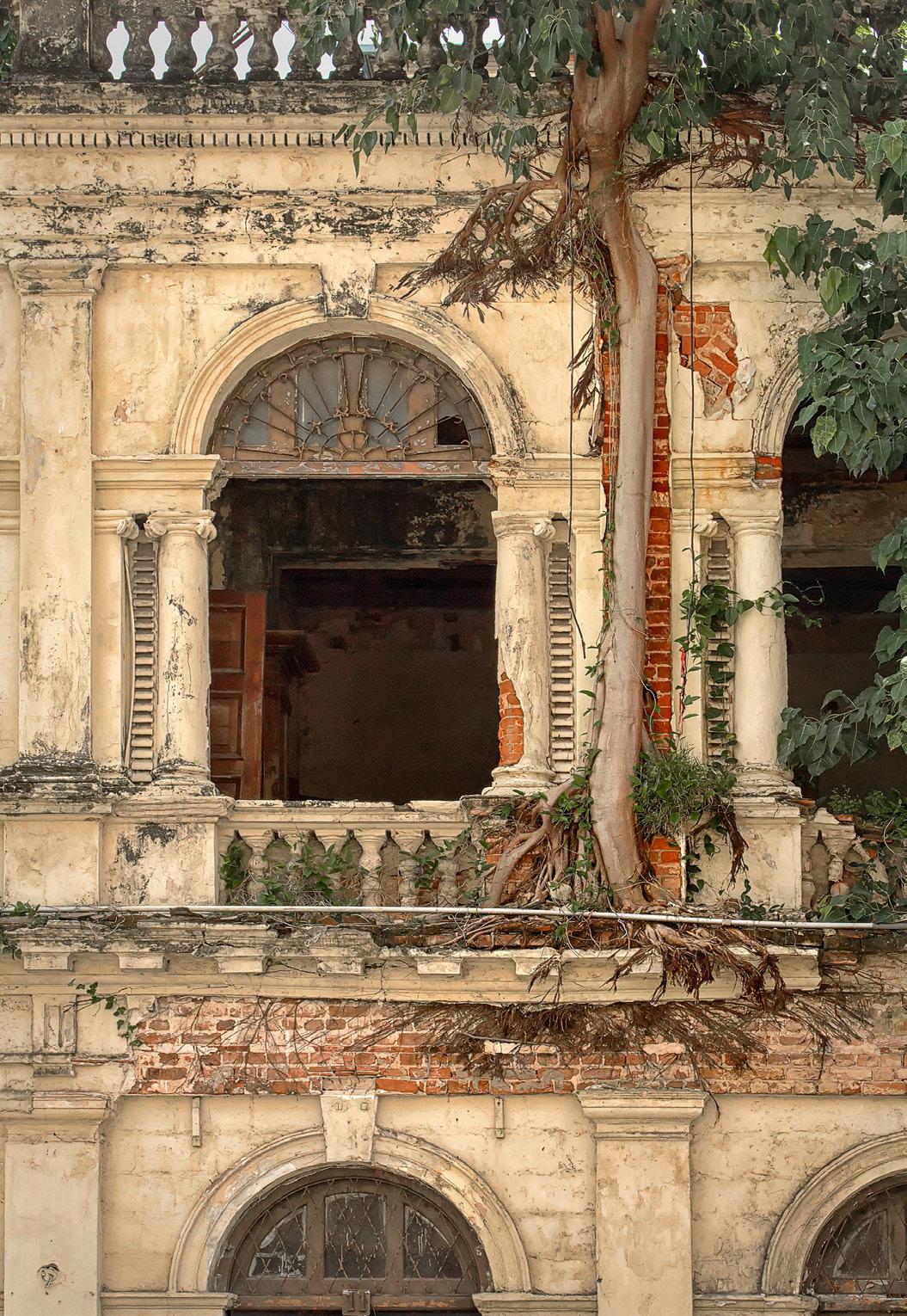

The centre of Colombo has a lot of interesting old buildings, though many have seen better days. The nearby Pettah area was chaotic, with its narrow streets full of business activity. We returned here as a group early the next day, to the market streets on the east side. So much was being done with manual labour, shifting enormous loads of fruit, vegetables and grain. Everyone was very friendly, and virtually everyone was happy to be photographed. If you are a little fearful of photographing people, Sri Lanka (like inland Bali) is a great place to start. After visiting a Hindu temple and a Buddhist one in the afternoon, then dining after sunset, we got back to our hotel, where there was a wedding reception happening in the rooftop banquet hall, which happened to be on the ceiling of my room. Not liking the prospect of doof-doof music sending me to sleep, I swapped rooms. Up seriously early the next morning, we headed off to Negombo, a fishing village north of Colombo. The sailing boats and other boats were coming in with their catches, so there were
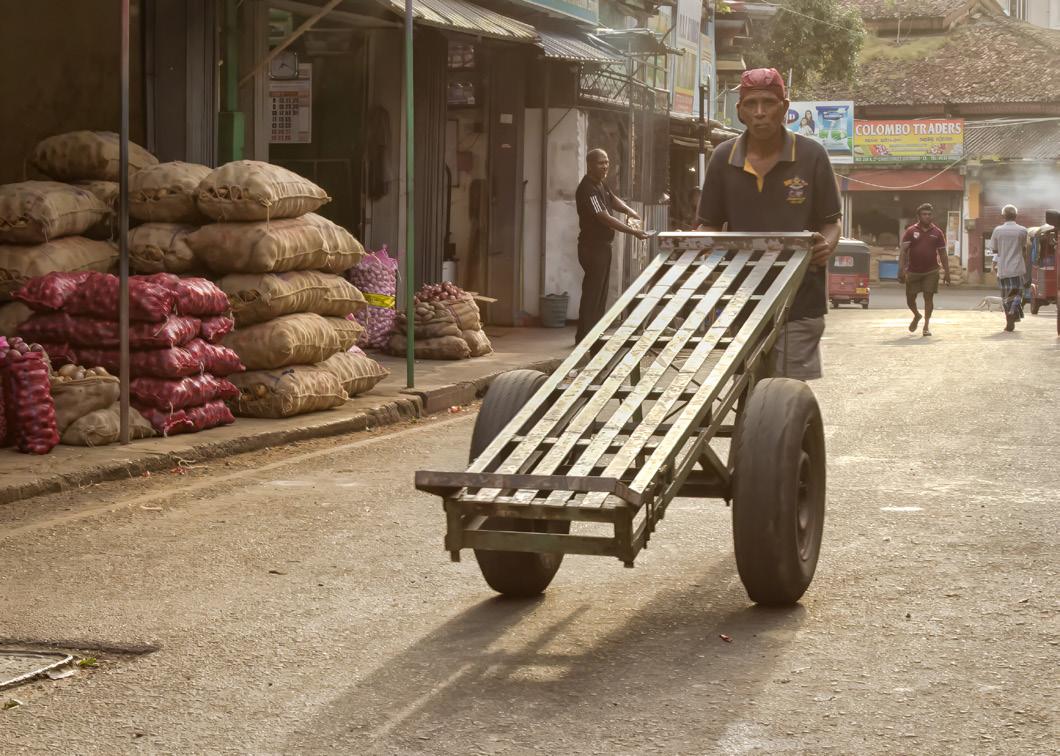
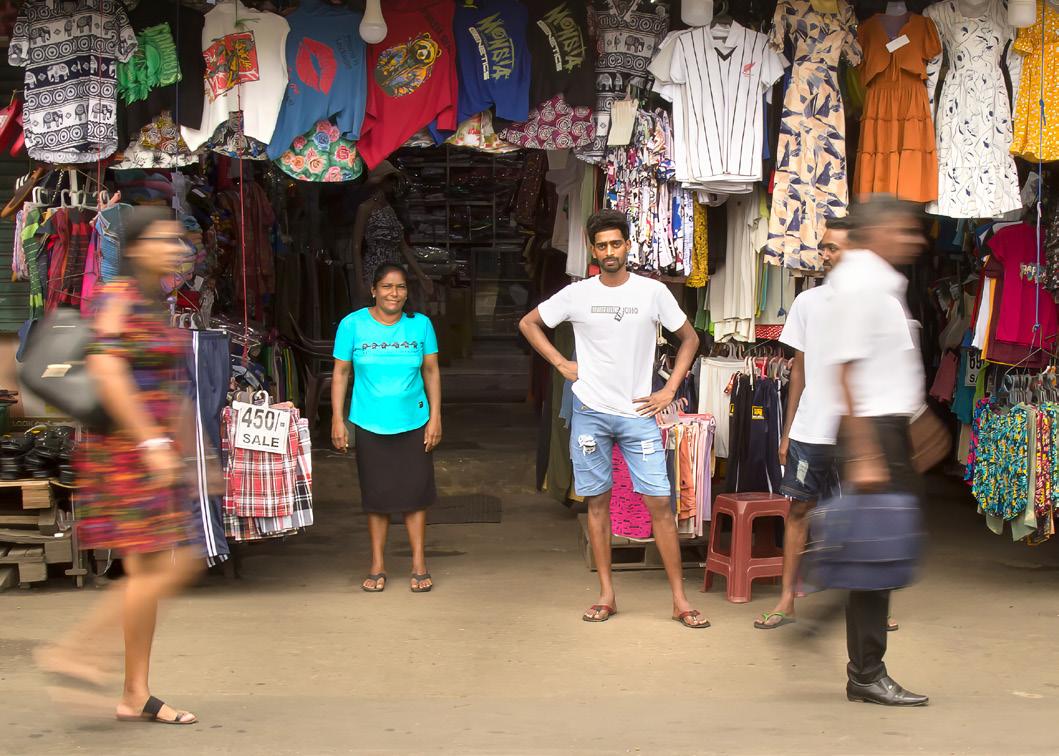

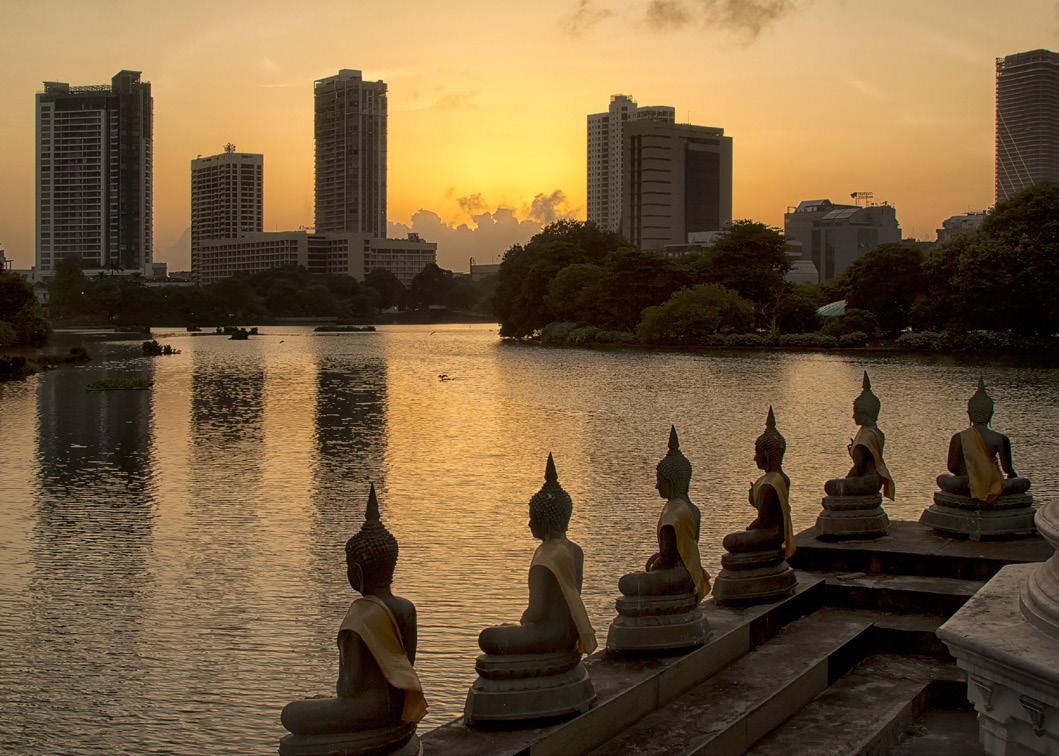
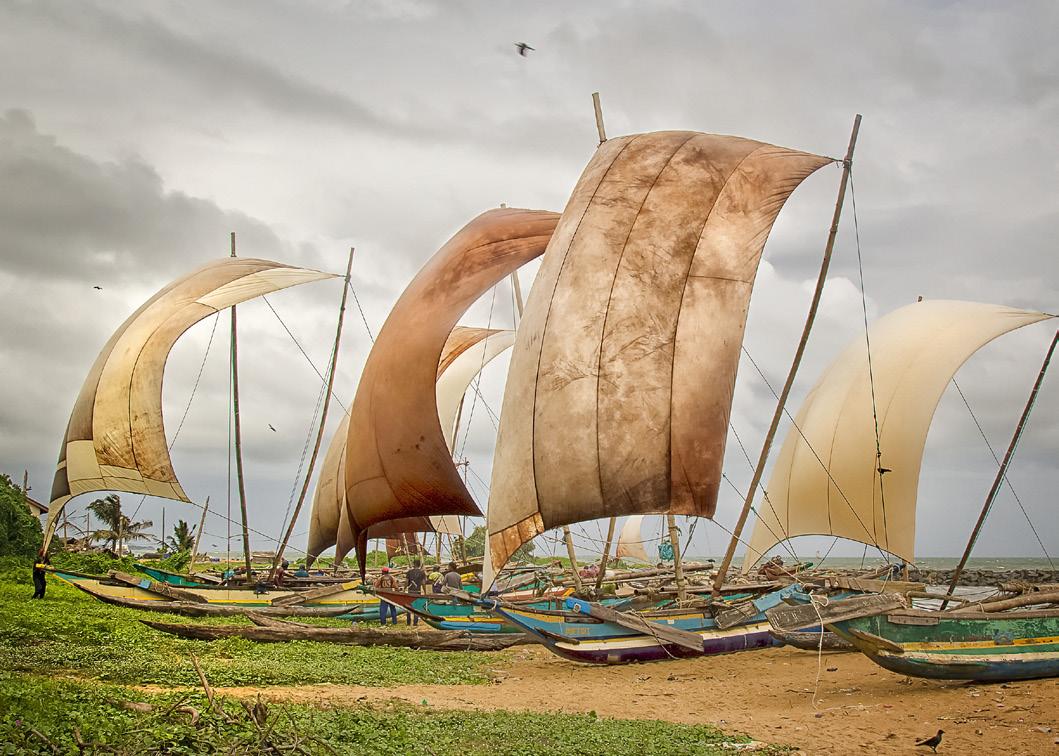
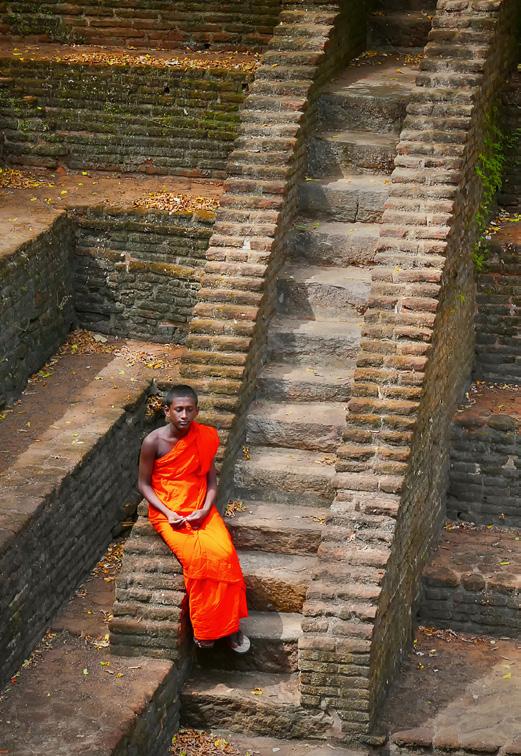
almost too many photo opportunities, as there were also at the nearby fish market. Time for breakfast at a nearby restaurant while it rained, then off we went to Kandy, up in the hills for more rain, more traffic chaos and time to walk around. Eventually, we reached our overnight stay at lakeside Polannaruwa.
The next morning, the two young Germans in our small group were establishing themselves as the Tardy Twosome. Near our hotel are the expansive ruins of the Polonnaruwa Ancient City, a UNESCO World Heritage Site. A young, obliging monk from a nearby monastery joined us so we could get some ‘candid’ shots of him amongst the very photogenic ruins. The highlight of the visit (for me) was when a monkey at a nearby stop within the park relieved me of my Cornetto ice cream while I was momentarily distracted. In the afternoon, we headed over to Sigiriya, or ‘Lion Rock’, the best-known geological feature in Sri Lanka. It is a cultural and archaeological site, with rock shelters, rock paintings, and ruins on the plateau on top. By the
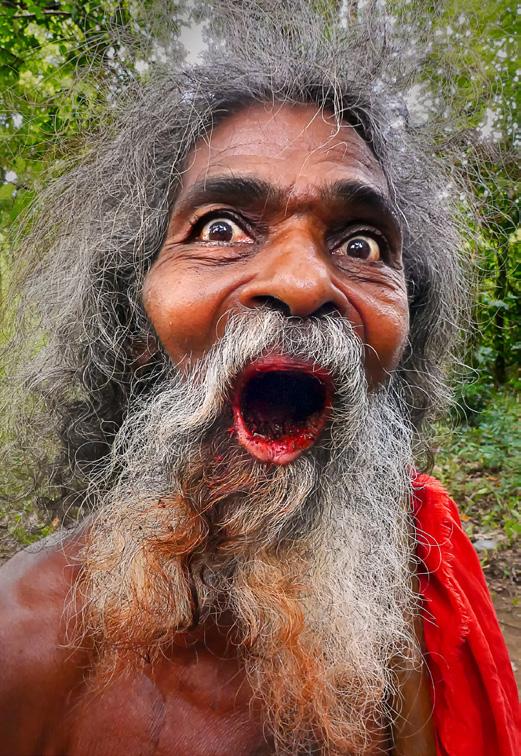
time I’d joined the happy Sunday throng up and down one set of spiral stairs and then reached a ‘halfway’ plateau on the north side, the wind was seriously picking up, so I decided climbing up the remaining crowded metal stairs to the top was probably unwise.
To be continued next month…

15 June 2025 – 19:30 BST
Discover the Art of Intentional Camera Movement
Photography
Photography isn’t just about capturing a scene—it’s about creating emotion and telling a story. Join photographer Martin Knight for an inspiring online talk as he explores the world of Intentional Camera Movement (ICM) photography and how it can transform the way you see and capture the world.
Blurring the lines between photography and painting, Martin has developed a unique impressionistic style inspired by artists like Claude Monet, J.M.W. Turner, and the broader Impressionist movement. His work embraces movement, light, and colour to create soft, dreamlike cityscapes that feel both personal and universal. From the iconic landmarks of London—St. Paul’s Cathedral, The Shard, and the shimmering Thames—to his recent travels in Australia, his images capture not just the visual beauty of a place but its atmosphere and rhythm.

3 June 2025 – 18:00 BST
As part of the RPS Historical Group’s series of talks looking at historical collections of photography, photographic archives, and those working historical and alternative processes this talk looks at the work of the Gibson family of the Scillies. It is presented by Andrew Choong Han Lin, curator at the National Maritime Museum, and hosted by RPS Historical Group chair Gilly Read FRPS
This talk aims to chart the history of the Gibson family's photographic business as it related to shipwrecks of the Scillies and western Cornwall, capturing the loss of hundreds of ships, dramatic rescues and subsequent salvage efforts. It will consider this achievement against the logistics and physical limitations of photographic technology of the time, and try to assess the family's contribution to the story of commercial maritime photography in Britain. It will also discuss the present state of the Gibson's of Scilly Shipwreck Collection in its present home at the National Maritime Museum, and the vital role it plays in contributing to the stories we tell about our maritime past.